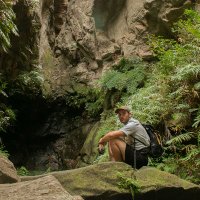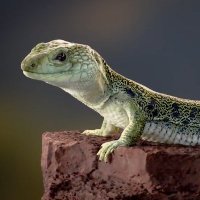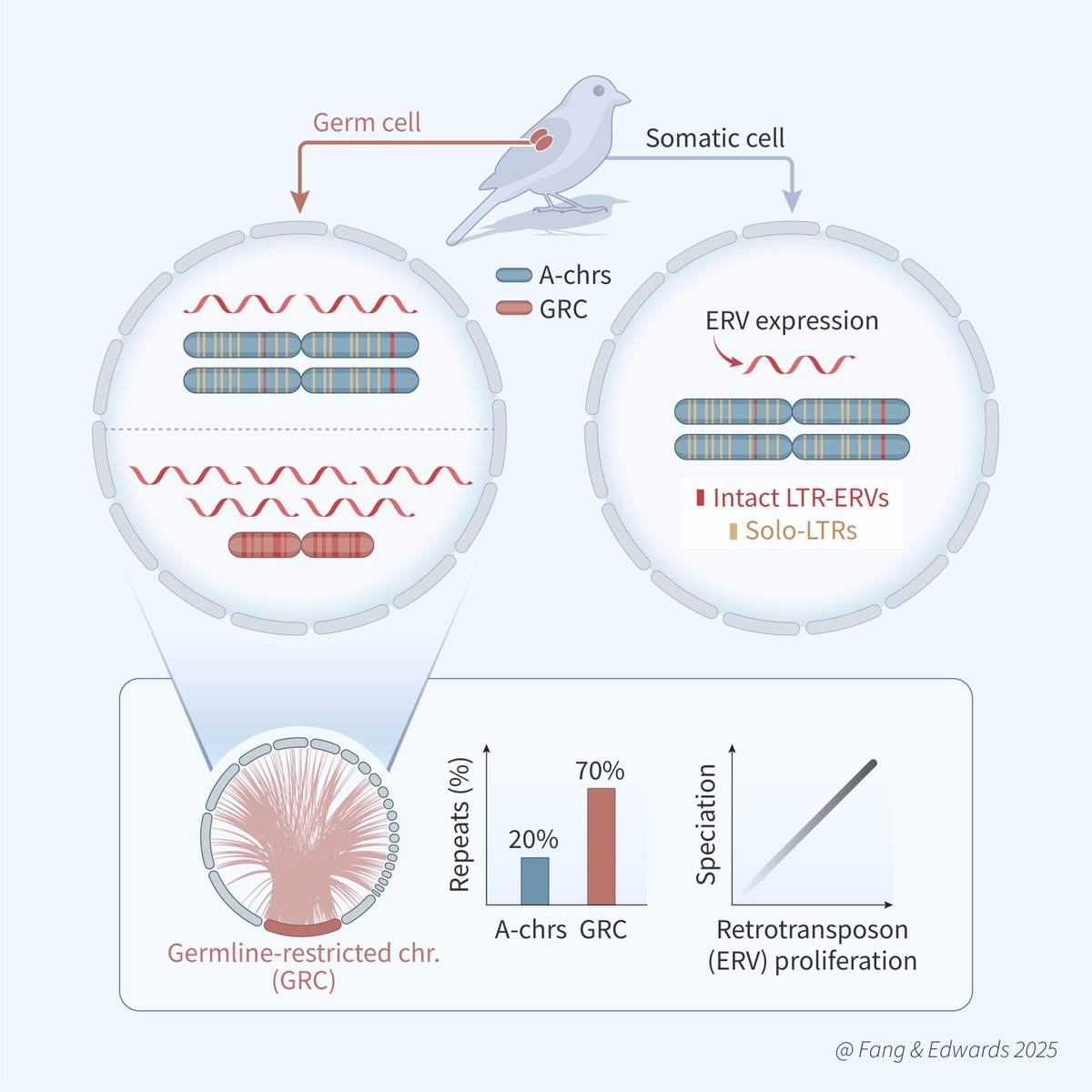
Michaël Nicolaï
@michalnicola1
Proud dad of three. Post-doc at the EON lab (UGent). Nothing makes sense in evolution except the biology of light.
@michaelnicolai.bsky.s
ID: 1288763954416758789
30-07-2020 09:10:55
363 Tweet
247 Followers
528 Following

We are very excited to share our new paper in Science! We show that a diverse group of Jurassic and Cretaceous mammals all had darkly-colored fur. Well how did we do this? Let' start at the beginning! 🧵 (1/6) Science Magazine Matthew Shawkey Jess Dobson Julia Clarke and others!






Awesome paper lead by Jonathan Goldenberg explained in a great thread! Makes me miss reptiles again.

🦖➡️🕊️ From dinosaur simple proto-feathers to bird intricate feathers? Our latest study shows that feather development is highly resilient to perturbations. 🧐✨ Read more here 👉 lanevol.org/news/article/d… #evolution #feathers #dinosaurs #birds Université de Genève Biologie - UNIGE




Our new preprint Scott V Edwards🧬🐦 Long-read genomes show songbird germline-restricted chromosomes (GRCs; expelled from somatic cells) are 70 % repeats and packed with active LTR retroviruses. A hidden reservoir for TE-driven innovation/diversification! biorxiv.org/content/10.110…


Happy to share our new paper "Inferring Species Trees" led by Scott V Edwards , which overviews coalescent models and methods for species tree inference. doi.org/10.1016/B978-0…











